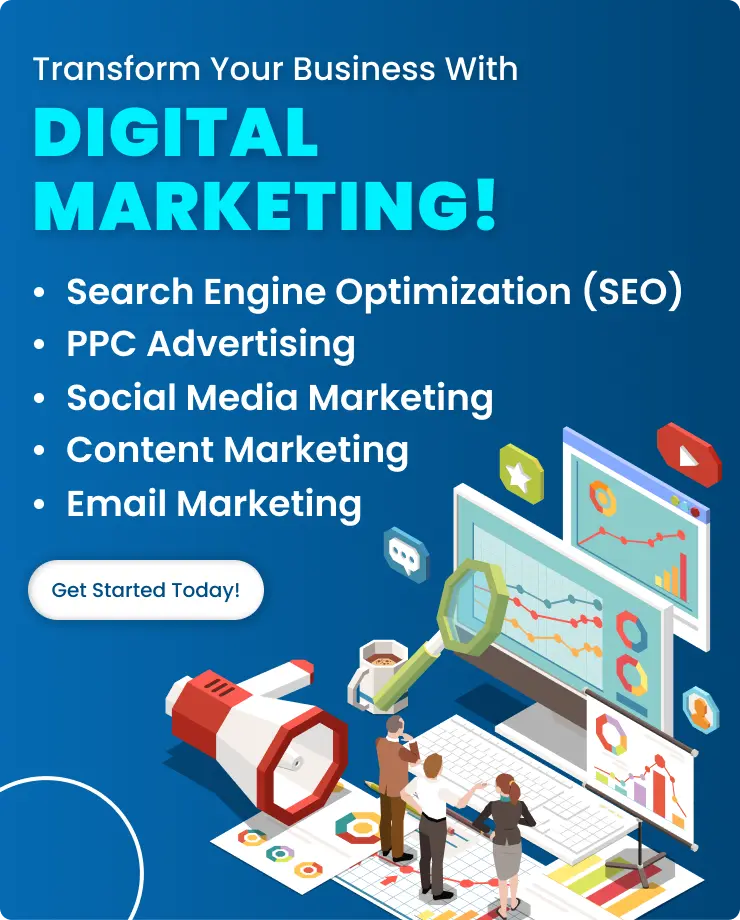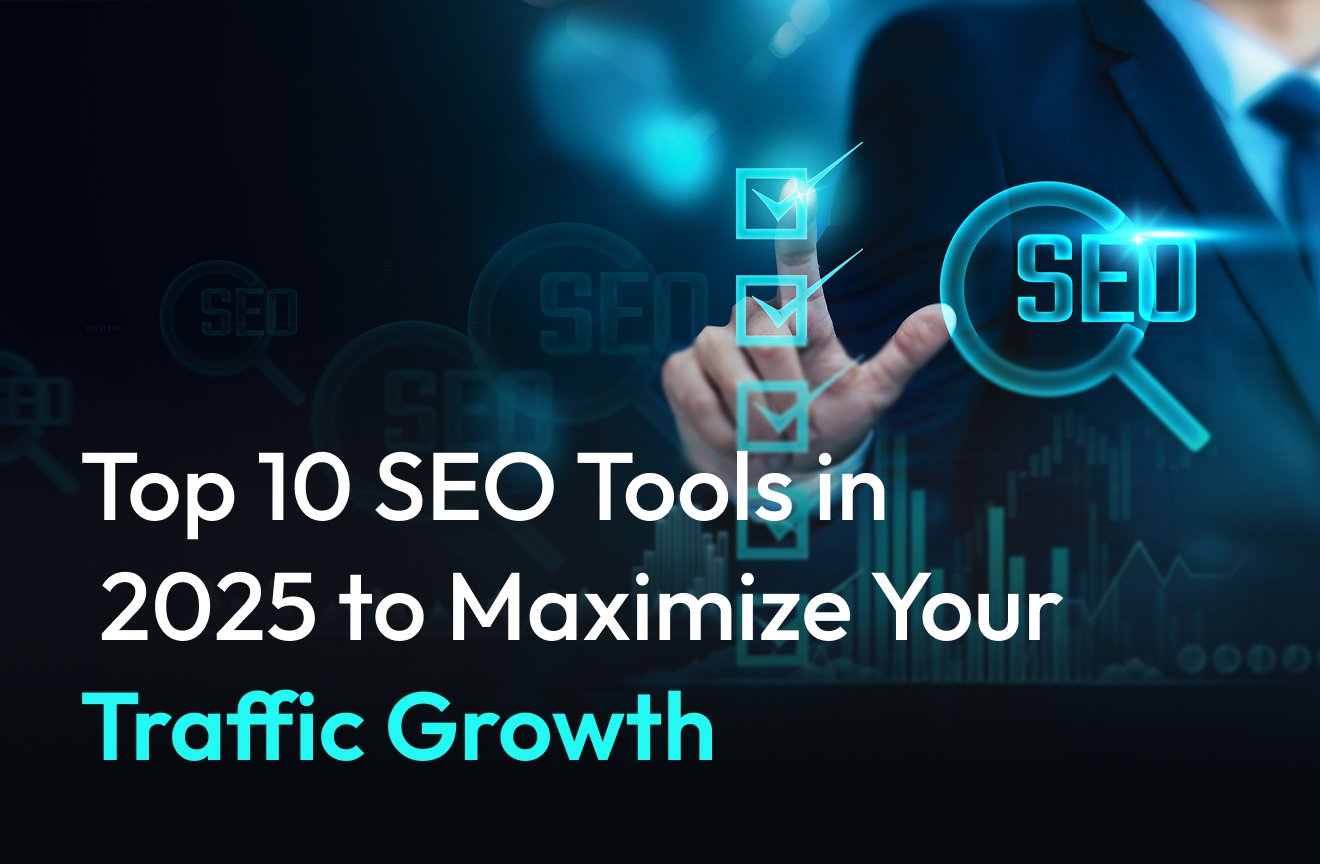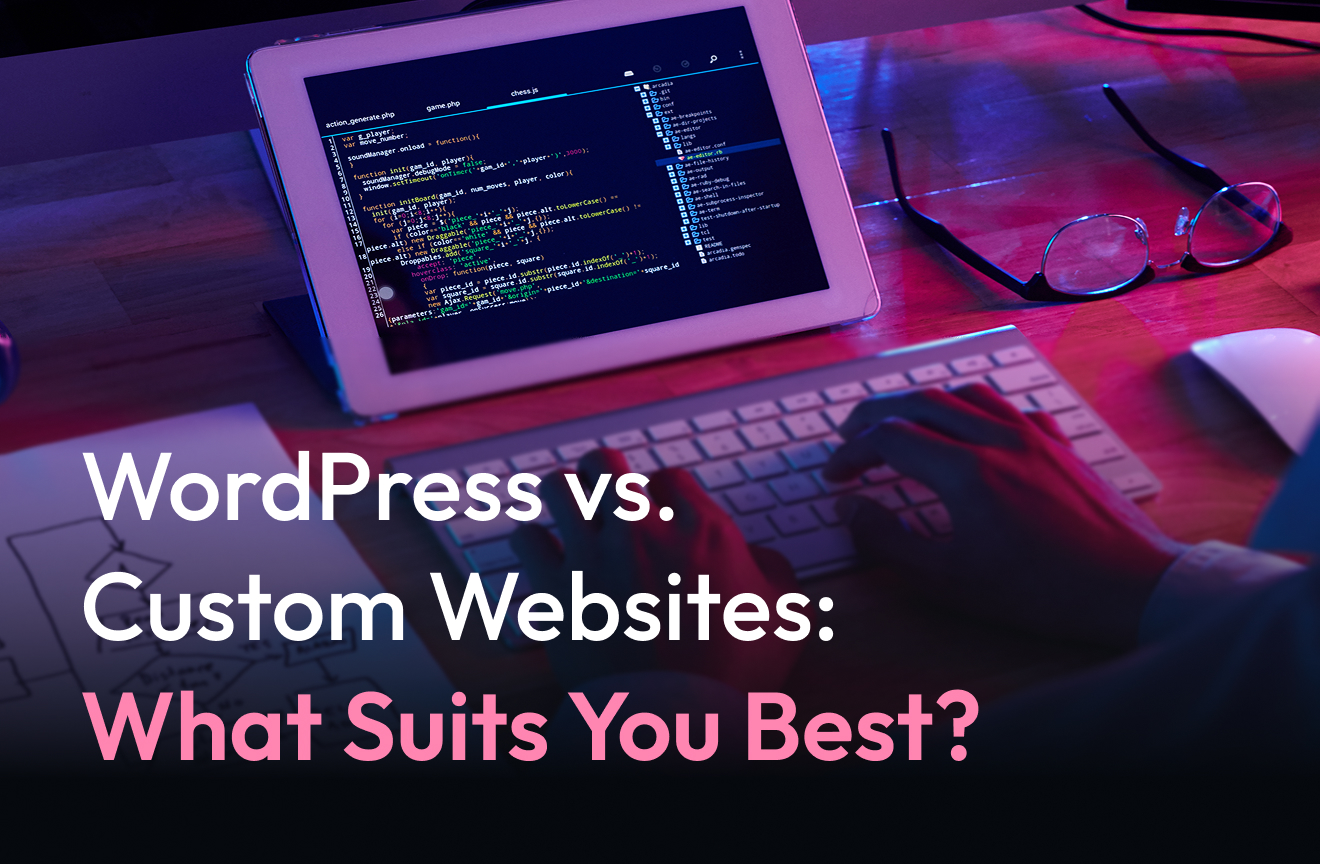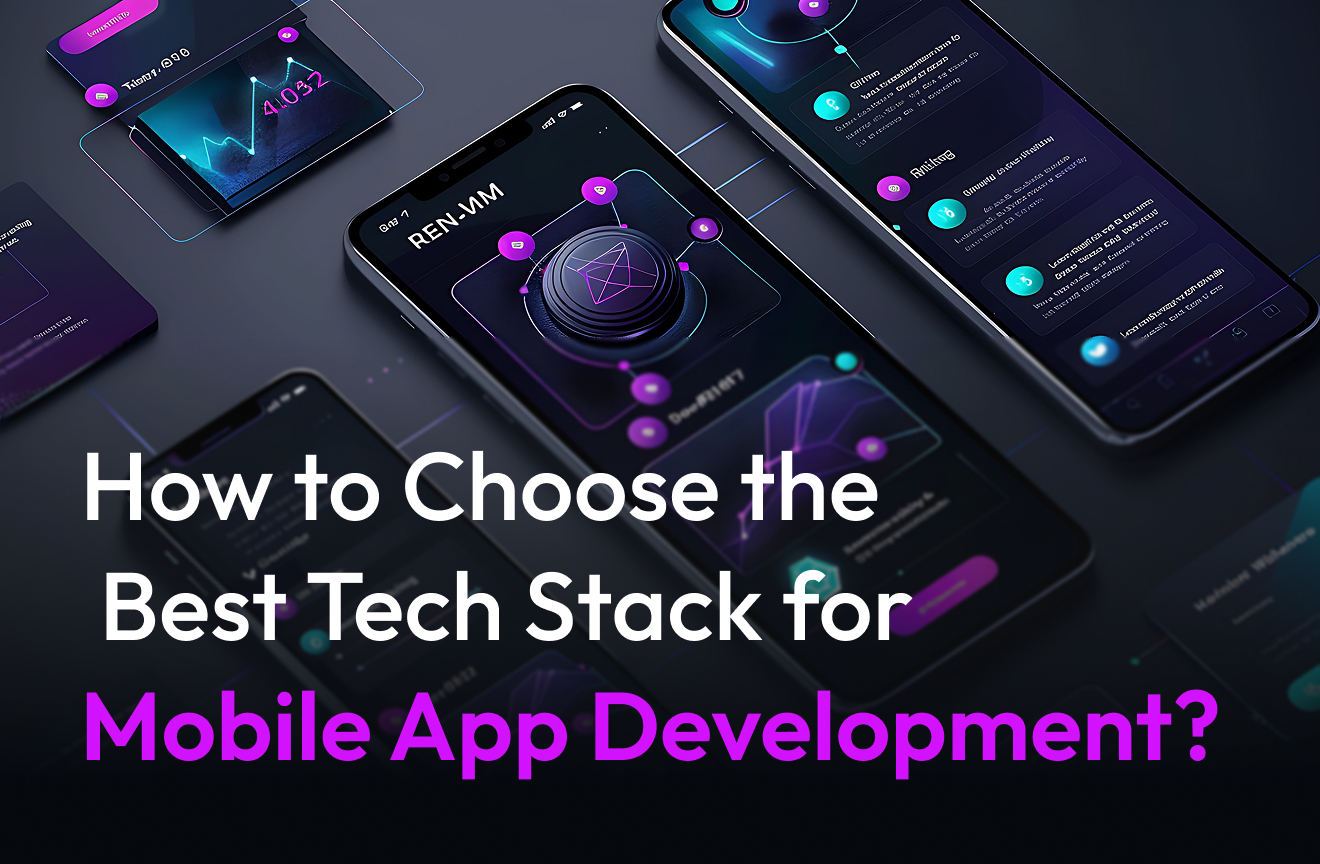Businesses have more alternates than ever before for promoting their goods and services in the quick-paced world of digital marketing. Paid marketing and organic marketing are the two most popular approaches. But how can you choose which strategy is best for your company when you have a limited budget and must provide results?
Knowing the differences between paid and organic marketing will help you make the right decision for the development of your business. Organic vs Paid marketing both have advantages. Whether your goal is to create a loyal following of customers or increase targeted traffic to your website quickly, this article will cover the key components of both approaches. You’ll know more clearly at the end how to modify your advertising campaigns to meet your company objectives.
What is Organic Marketing?
Organic marketing strategies are those that increase visibility and traffic without having to pay for advertisements directly. It includes building relationships with your audience on social media, through SEO, and by producing quality content. Consider writing blog entries that rank well on Google, viral social media posts, or email newsletters that inform your readers.
It takes time and effort to do organic marketing right. The benefits are long-lasting, but results take time and work to achieve. Regularly providing value to your audience helps you build reputation and trust, which may ultimately result in constant growth.
Pros and Cons of Organic Marketing
Pros:
- Cost-effective: After you’ve invested in high-quality content creation or search engine optimization, the leads and traffic you produce are practically free.
- Build Trust: The goal of organic marketing is to provide value to your audience to earn their trust and build long-lasting connections.
- Long-term Results: Organic marketing provides results long after its first investment, as opposed to paid advertisements.
Cons:
- Requires Time: Organic marketing does not produce results right away. Before you see any real traffic or conversions, it may take months.
- Ongoing Effort: You must continuously produce and market content if you want to keep and even increase your performance.
- More Difficult to Measure: Compared to paid campaigns, the return on investment (ROI) of organic marketing is difficult to measure and less visible.
What is Paid Marketing?
The opposite of paid marketing involves buying advertisements to reach an additional or more specific audience quickly. This covers sponsored content, Facebook and Instagram ads, Google Ads, and more. Paid marketing is quick, efficient, and capable of producing results right away. Think of it like running.
But as soon as you stop making payments, the effects usually get worse. Paid marketing might be expensive, but it offers statistics and precision targeting, which makes it simpler to show a clear return on investment (ROI).
Pros and Cons of Paid Marketing
Pros:
- Fast Results: With paid marketing, your campaign may be launched and results can be seen almost right away.
- Targeted Audience: With paid advertisements, you can make sure the correct people see your message by targeting particular demographics, behaviors, and interests.
- Identified: Paid campaigns are simpler to monitor and assess, allowing for prompt adjustments.
Cons:
- Costly: Paid marketing may get expensive very fast, in particular for highly competitive markets.
- Quick Results: Leads and traffic frequently decrease as soon as you stop buying advertisements.
- Can appear Unoriginal: When opposed to organic content, an over-reliance on sponsored advertisements may give the impression that your brand is less reliable or genuine.
Key Differences Between Organic and Paid Marketing
When deciding between organic and paid marketing, it’s essential to understand how they differ in approach, cost, time to see results and overall impact. Here’s a breakdown of the key differences:
1. Cost
Organic Marketing:
- Cost-Effective: Since organic marketing doesn’t demand paying upfront for visibility, it typically has a lower upfront cost. The primary resources needed are time and labor, with the occasional investment in platforms or tools for content and SEO management.
- Ongoing Effort: Even if organic marketing is more affordable in the long run, maintaining and expanding your presence requires constant work.
Paid Marketing:
- Higher Cost: Paid marketing is the practice of directly funding advertisements. Depending on the platform, targeting choices, and level of competition in your business, the price may change.
- Financially Dependent: You can get greater visibility and reach the more money you invest. It also suggests the advantages are directly related to the amount you spend on promoting.
2. Time to Track Outcomes
Organic Marketing:
- Long-Term Strategy: Organic marketing provides slow-moving results. When it comes to SEO, content marketing, or social media engagement, results can take months or even years to appear.
- Additional Effect: The benefits of organic efforts are long-lasting once they are developed. Without further spending, highly-ranked blog pieces or well-optimized pages can continue to generate visitors.
Paid Marketing:
- Immediate Results: Paid advertising provides immediate exposure. Ads are perfect for urgent campaigns since they may generate leads and visitors as soon as they are launched.
- Direct Effects: Paid campaigns often produce temporary results. Generally speaking, the traffic and leads stop when the budget has been used or the advertising is suspended.
3. Targeting and Reaching Audiences
Organic Marketing:
- Wide-ranging Effect All Through Time: When consumers discover your material through search engines, social media, or word-of-mouth, organic marketing automatically expands its audience. The reach gradually increases as more people see your material.
- Incorrect Targeting: Organic marketing can not provide as much targeted reach as paid advertising, even while you can improve content for particular keywords and consumers.
Paid Marketing:
- Targeted Audience: By focusing on particular demographics, regions, habits, and hobbies, you can use paid marketing to make sure the appropriate people see your message at the right moment.
- Ideal Customers: With paid campaigns, you can right away expand your reach by boosting your budget and modifying the targeting parameters.
4. Dependency and Trust
Organic Marketing:
- Build Trust: Users prefer to find organic material that is more genuine and trustworthy. People are more likely to think highly of your brand if they find it through social media or organic search.
- Power of Brands: Regular organic marketing can help you position your company as an expert in your field over time.
Paid Marketing:
- Considered to be More Real: Paid advertisements could not appear reputable to certain consumers, particularly if they feel overtaken by them. Nonetheless, valuable and skillfully written advertisements can still build confidence.
- Brand Awareness: When launching new products or expanding into new markets, paid marketing works well for fast-increasing brand awareness.
5. Measuring Success
Organic Marketing:
- Harder to Measure: Since the effects of SEO and content are frequently felt over time, tracking the return on investment (ROI) of organic marketing can be challenging.
- Measuring with Time: Search engine rankings, organic traffic, and engagement rates are important KPIs, but it might be more difficult to link them to certain business outcomes.
Paid Marketing:
- Simpler to Measure: Paid marketing makes it simpler to evaluate the success of efforts by giving instant and clear ROI statistics.
- Real-Time Analytics: You can track performance and make real-time modifications with the help of extensive data provided by platforms such as Facebook Ads and Google Ads.
Which Strategy is Right for Your Business?
In the end, the choice between paid and organic marketing comes down to the particular requirements and conditions of your company. Paid marketing may be the best option if you have the budget to support it and are searching for immediate results. This is particularly the case
if you’re attempting to stand out in a crowded market or introducing a new product. On the other hand, organic marketing might be more advantageous if your goals are long-term growth and developing a devoted clientele. For many businesses, the best of both worlds can be achieved by combining the two techniques. You can create a long-lasting internet presence and get instant attention through the combination of paid and organic promotion.
For example, you might optimize a new piece of content for search engines (SEO) and use paid advertisements to bring initial traffic to it. This way, the material will continue to draw visitors over time. In the same way, you can use paid ads to target particular demographics during major promotions and utilize organic social media to interact with your audience continuously.
Conclusion : Organic vs Paid Marketing
Making the best marketing plan choice for your company requires an understanding of these factors. With a focus on steady growth, organic marketing strategies are perfect for establishing long-term brand authority and trust. Paid marketing, on the other hand, is best suited for companies seeking focused exposure and quick visibility, particularly when introducing new items or meeting particular business requirements. Combining these digital marketing strategies and utilizing their respective advantages to optimize your marketing efforts is frequently the most successful course of action.
Frequently Asked Questions (FAQ)
What is organic marketing?
Organic marketing strategies are those that attract clients on their own without requiring spending on ads. This covers techniques including email marketing, social media connection, content marketing, and search engine optimization (SEO). Creating content that is valuable and gradually engages your audience is the goal.
What is paid marketing?
With paid marketing, you can easily reach a wider or more specific audience by purchasing adverts. Sponsored content, social network ads, and Google Ads are a few examples. Paid marketing works wonders for generating visitors right away and producing outcomes quickly.
Which is more cost-effective organic or paid marketing?
Since organic marketing doesn’t require recurring fees for visibility, it is typically more affordable over time. But it takes an extensive time and effort commitment. Even if it costs more, paid marketing gives you more exact budget management and instant results.
Can I use both organic and paid marketing together?
Yes, a lot of companies discover that combining the two approaches provides the best results. While paid marketing might increase traffic and conversions right away, organic marketing contributes to the long-term development of brand authority. When combined, they produce a comprehensive and well-balanced marketing plan.

Stay Up to Date
Get our newsletter
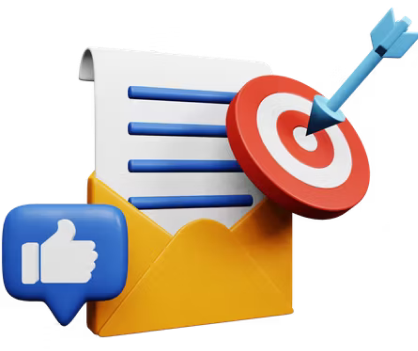
Table of Contents
Toggle
